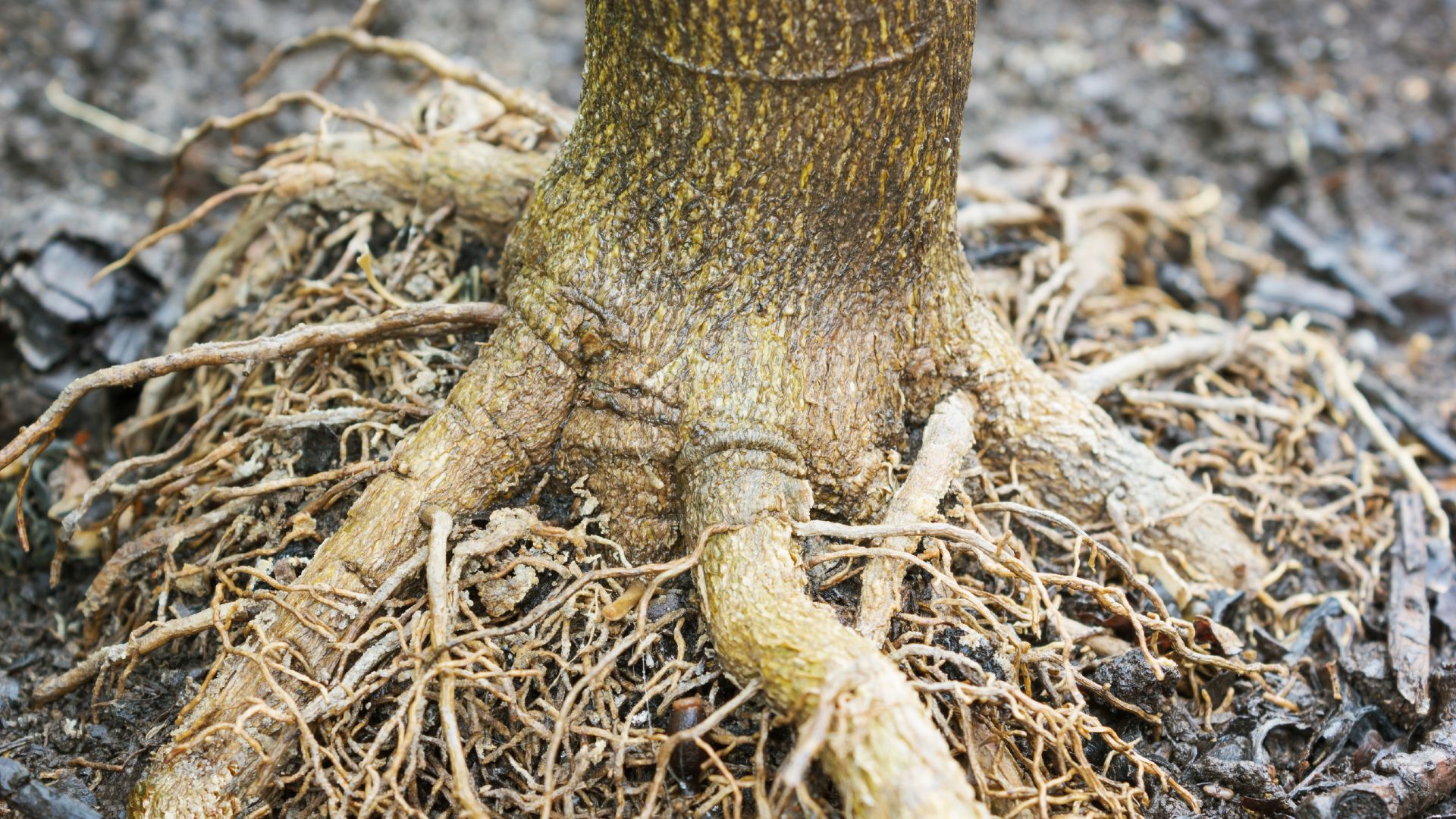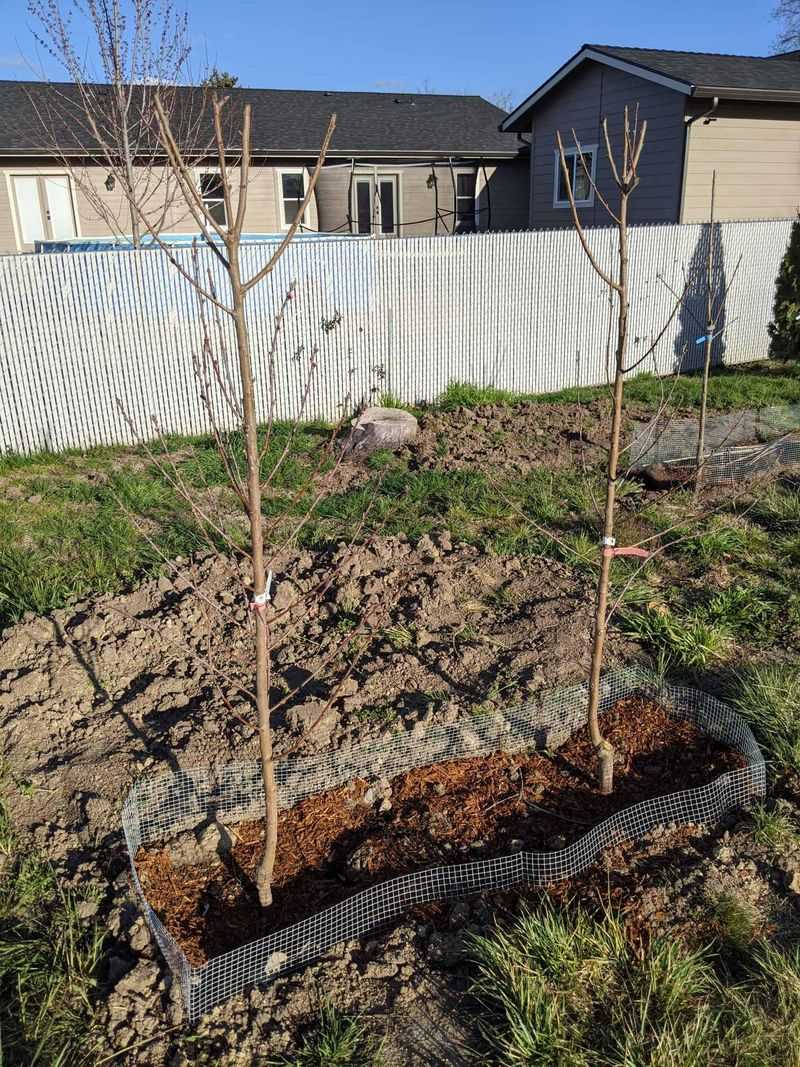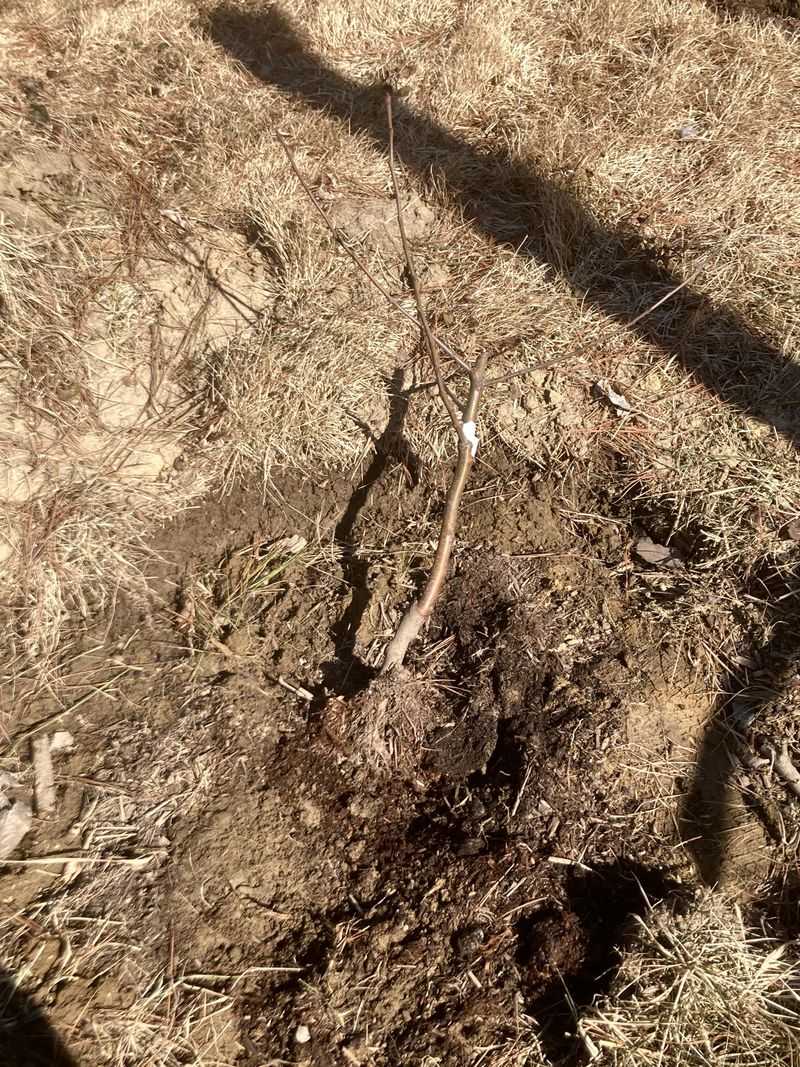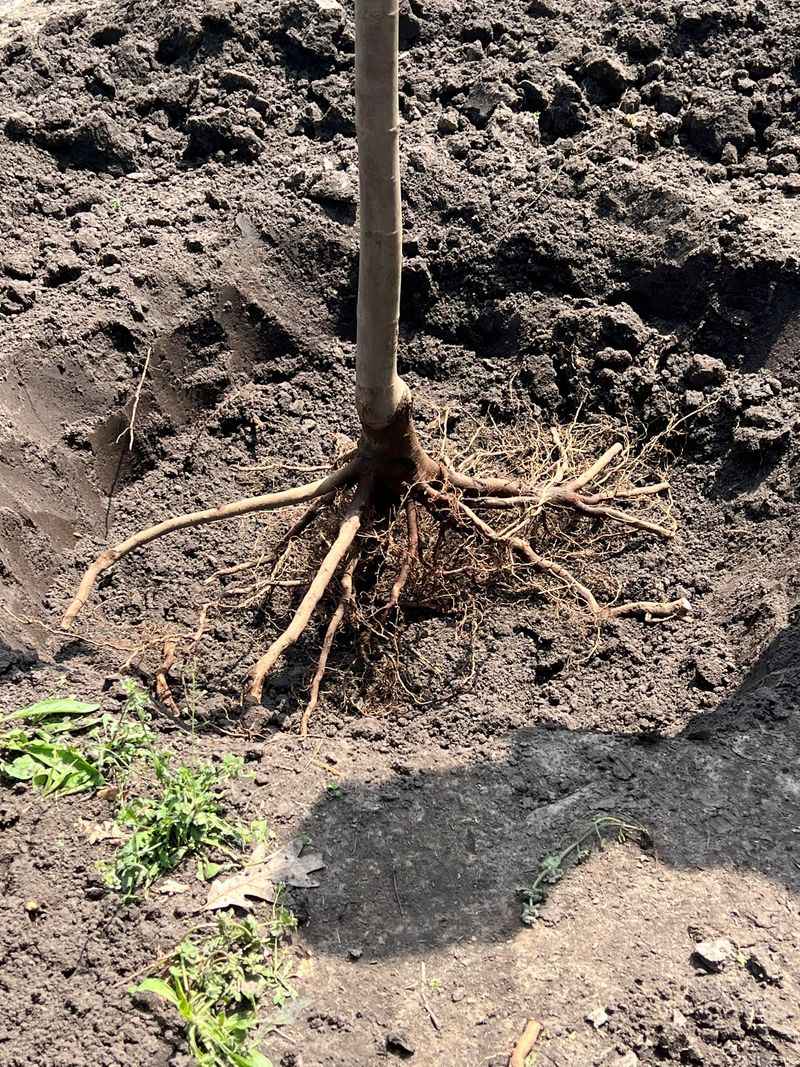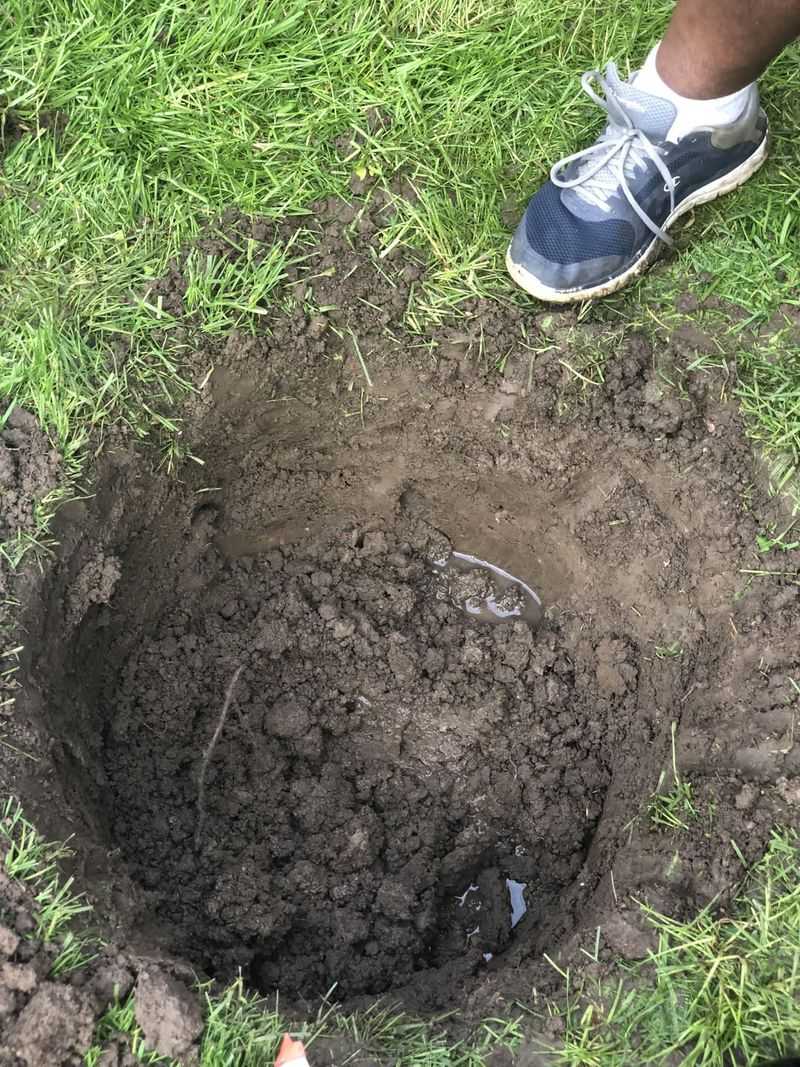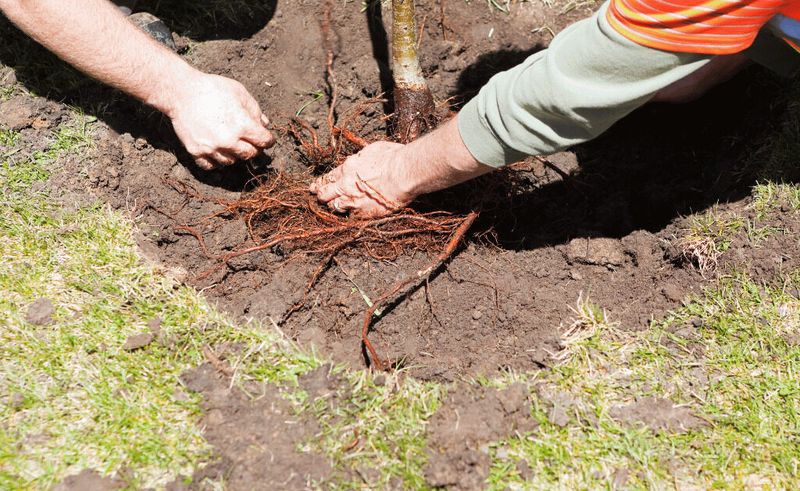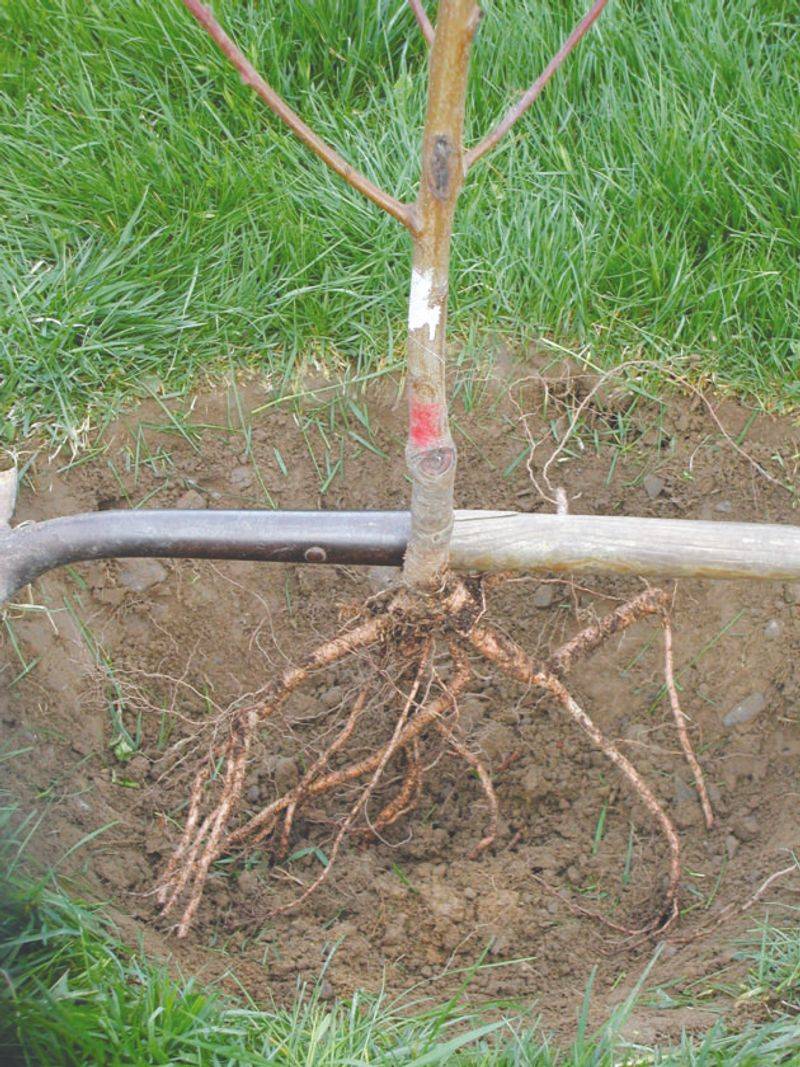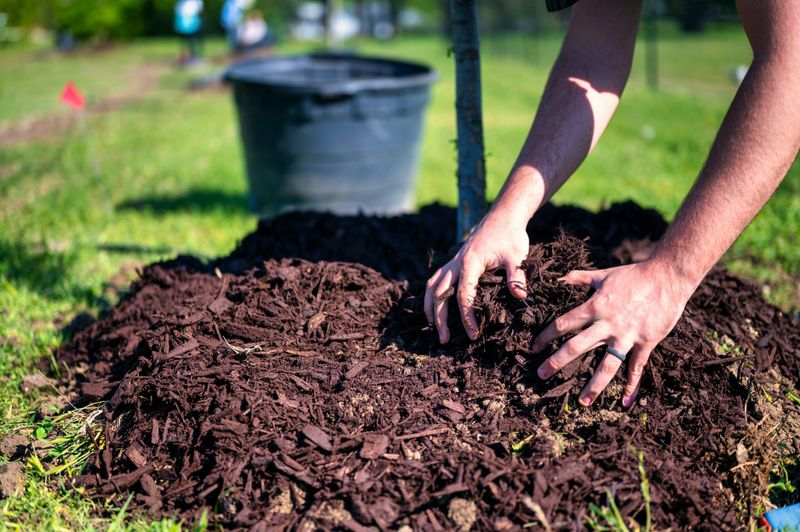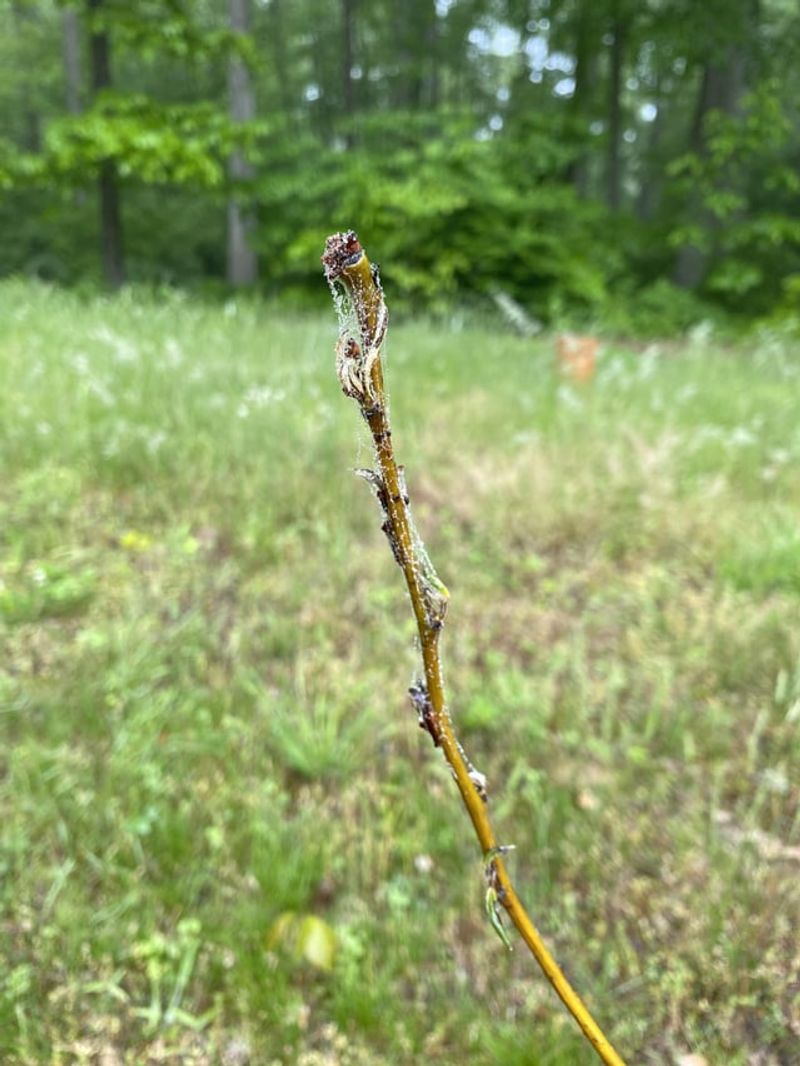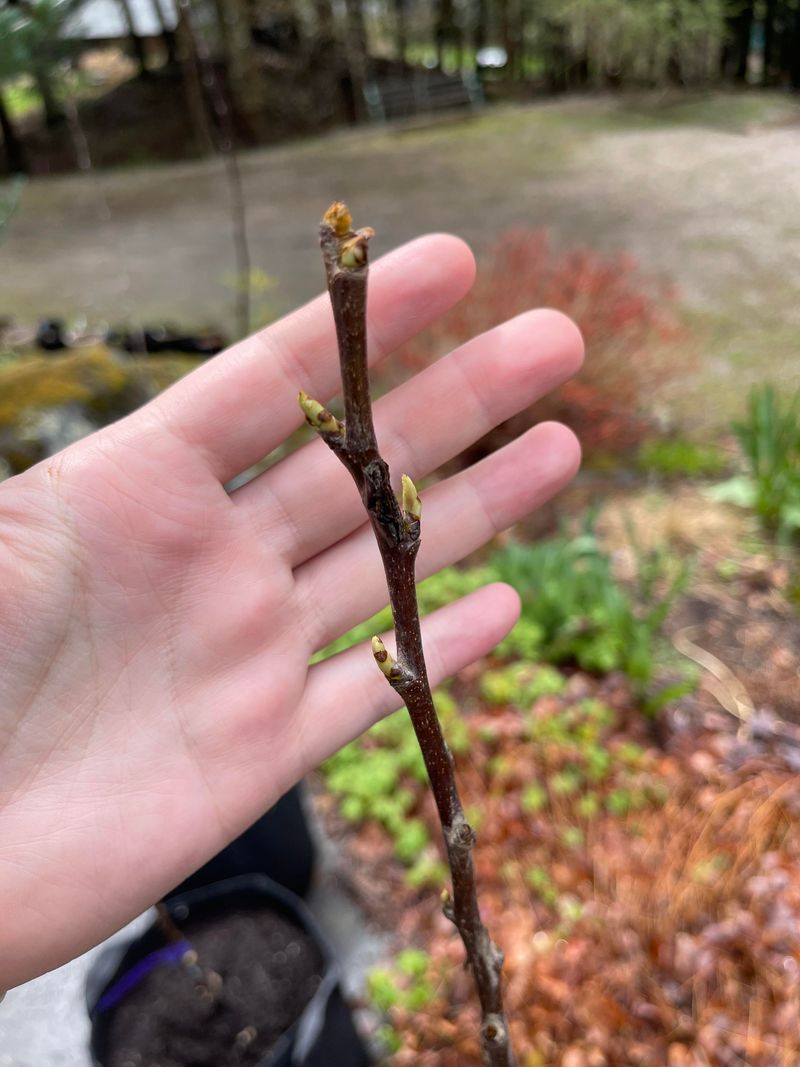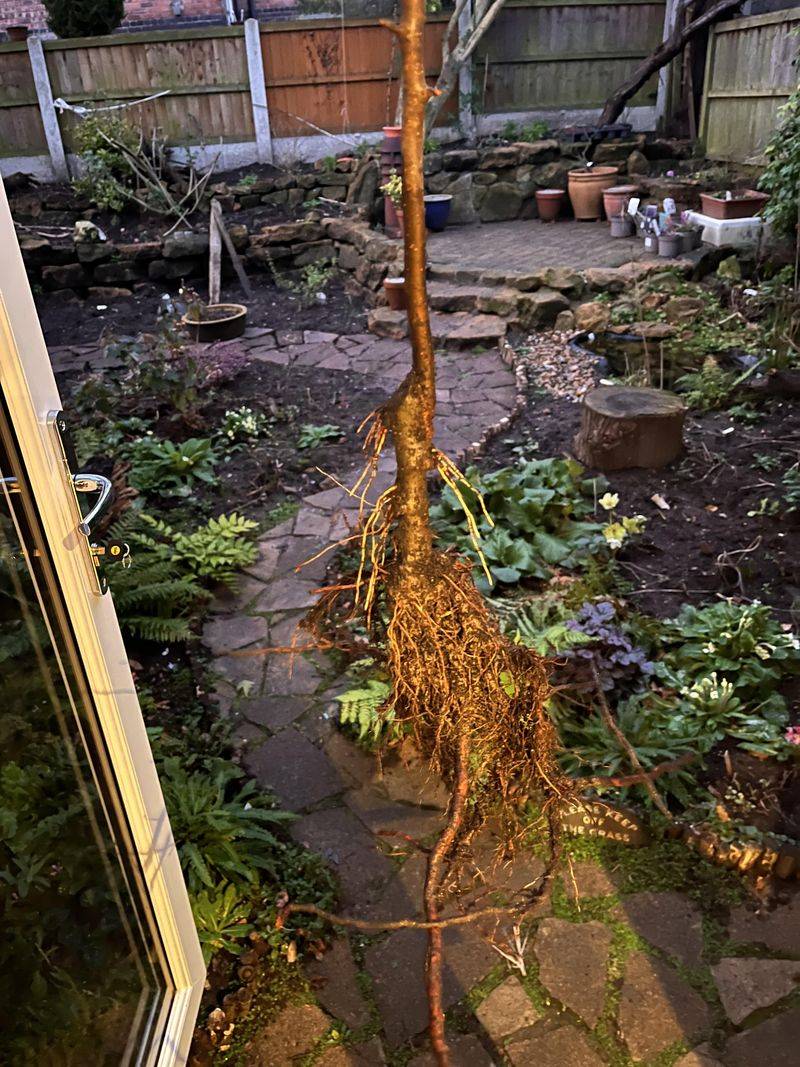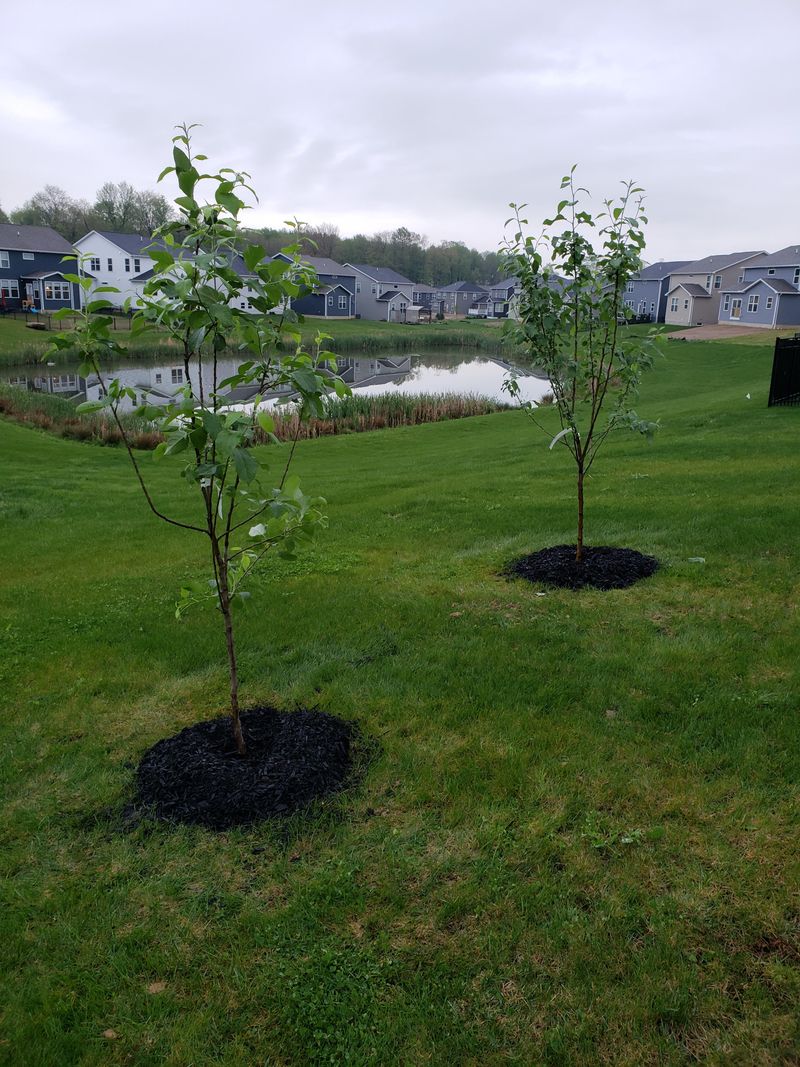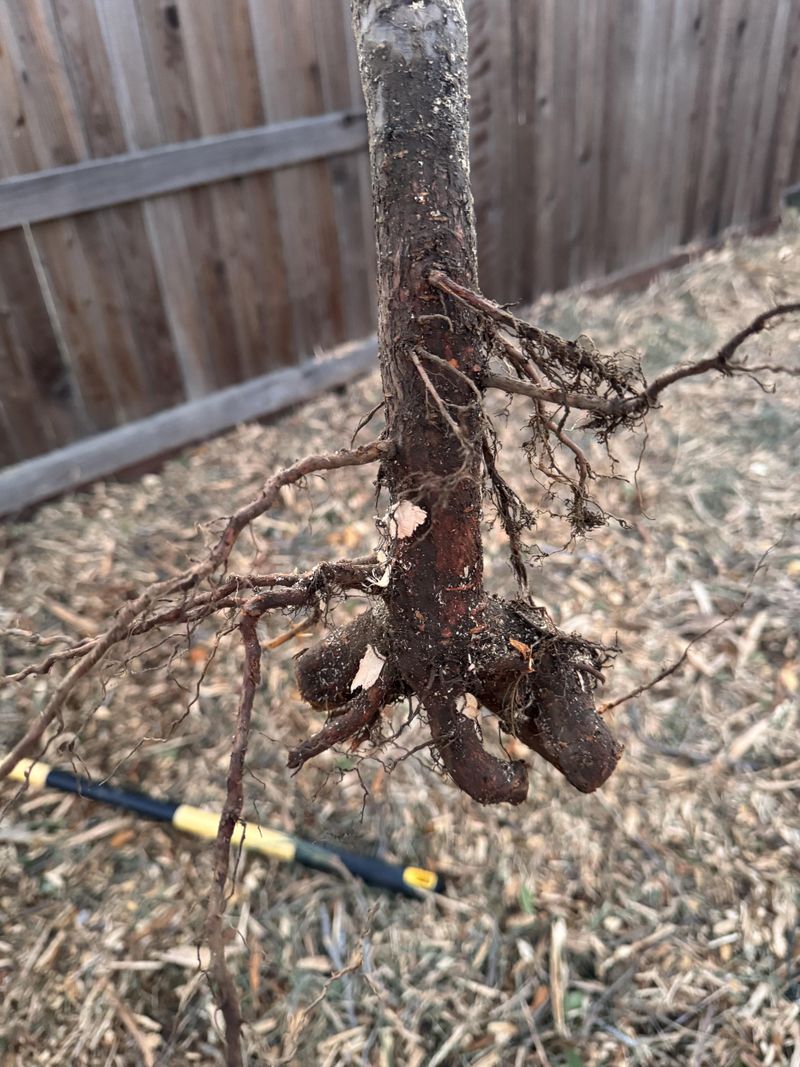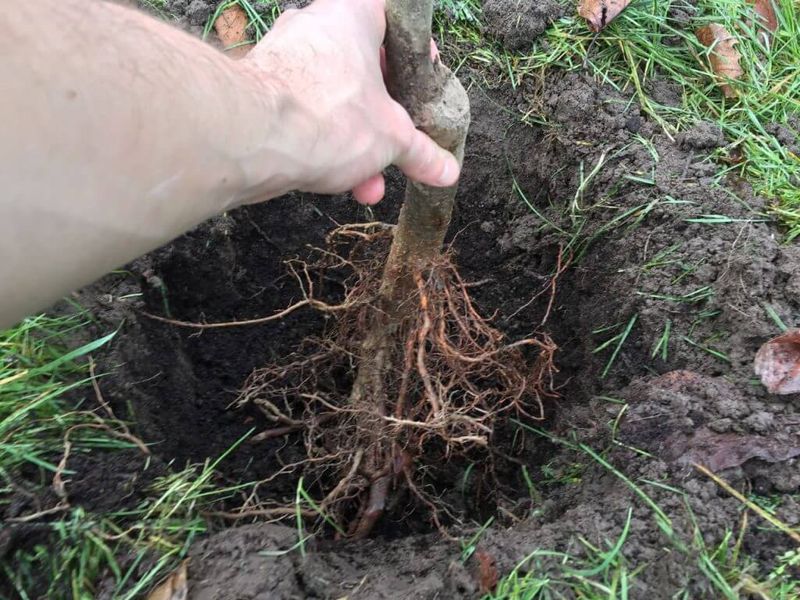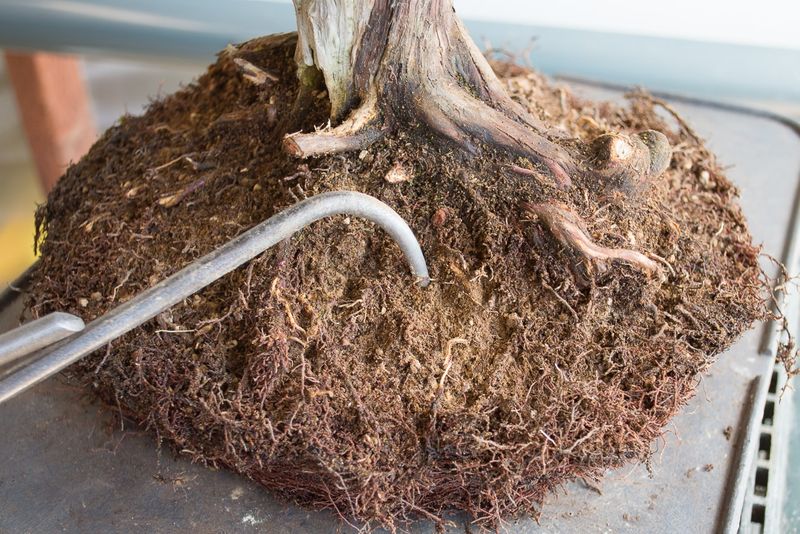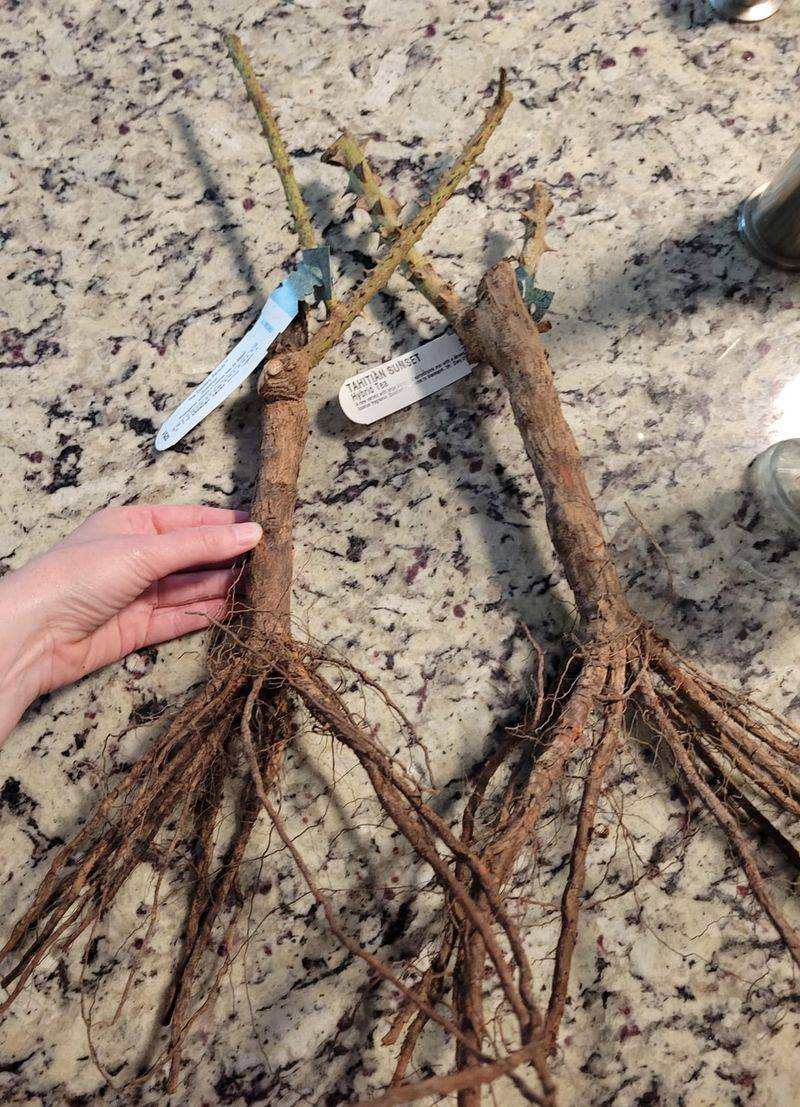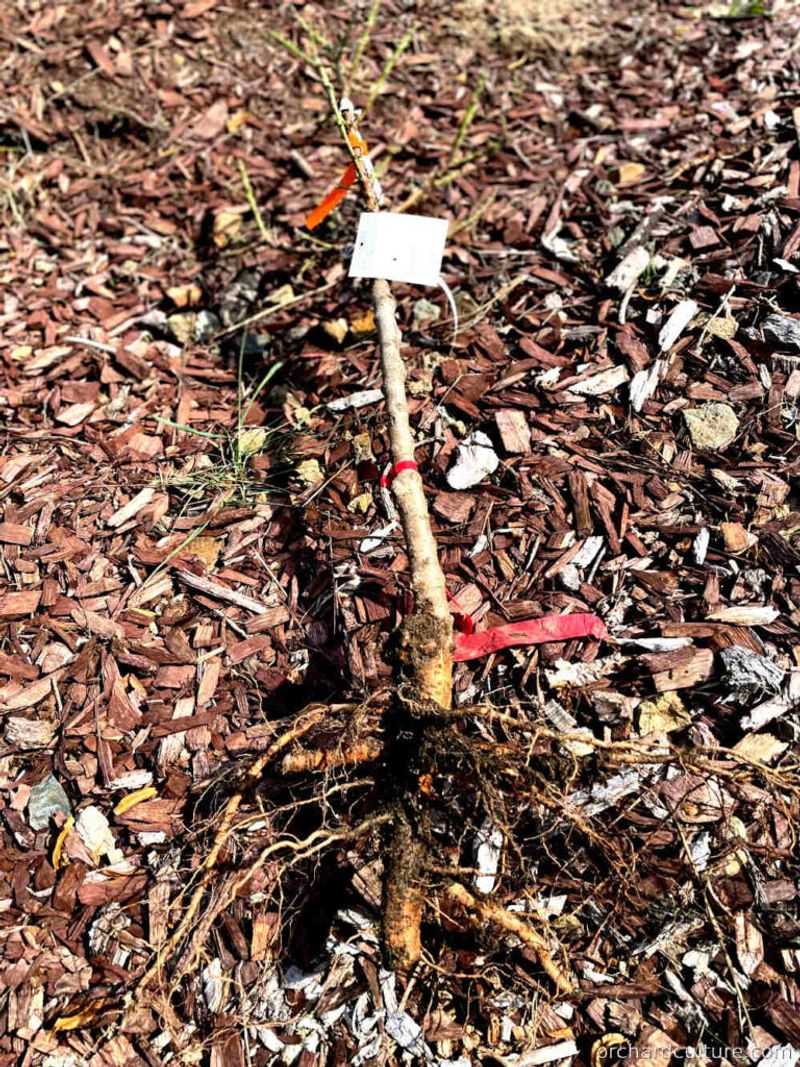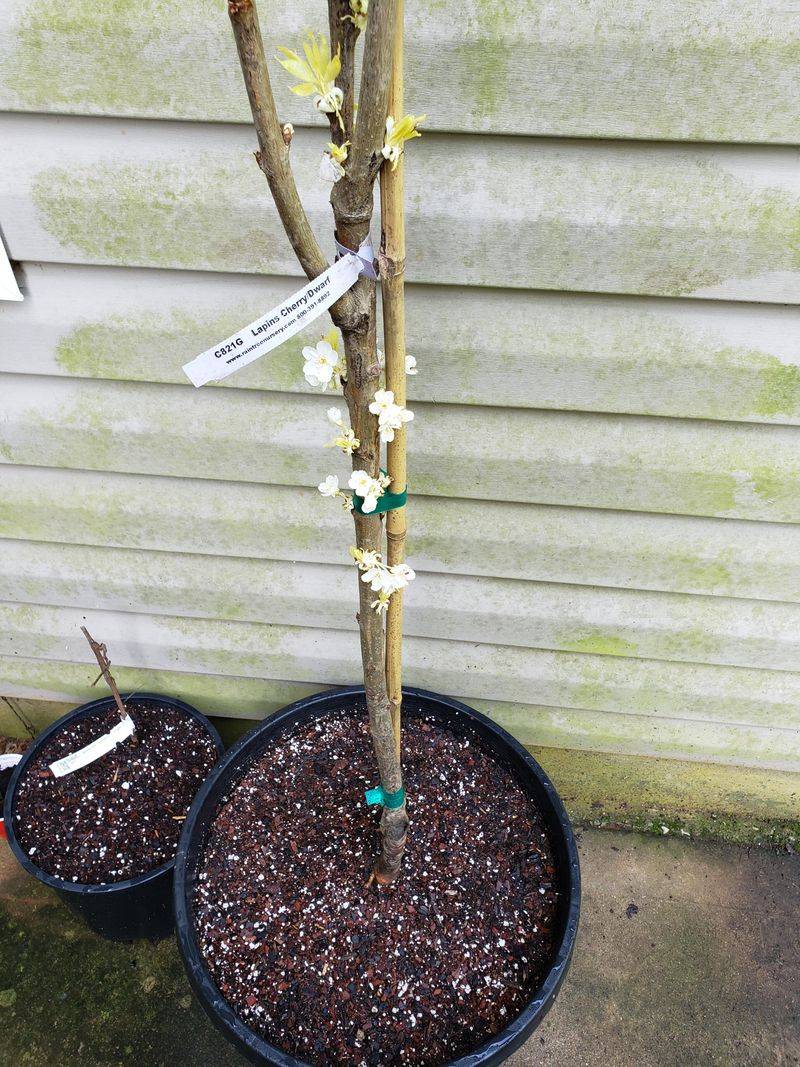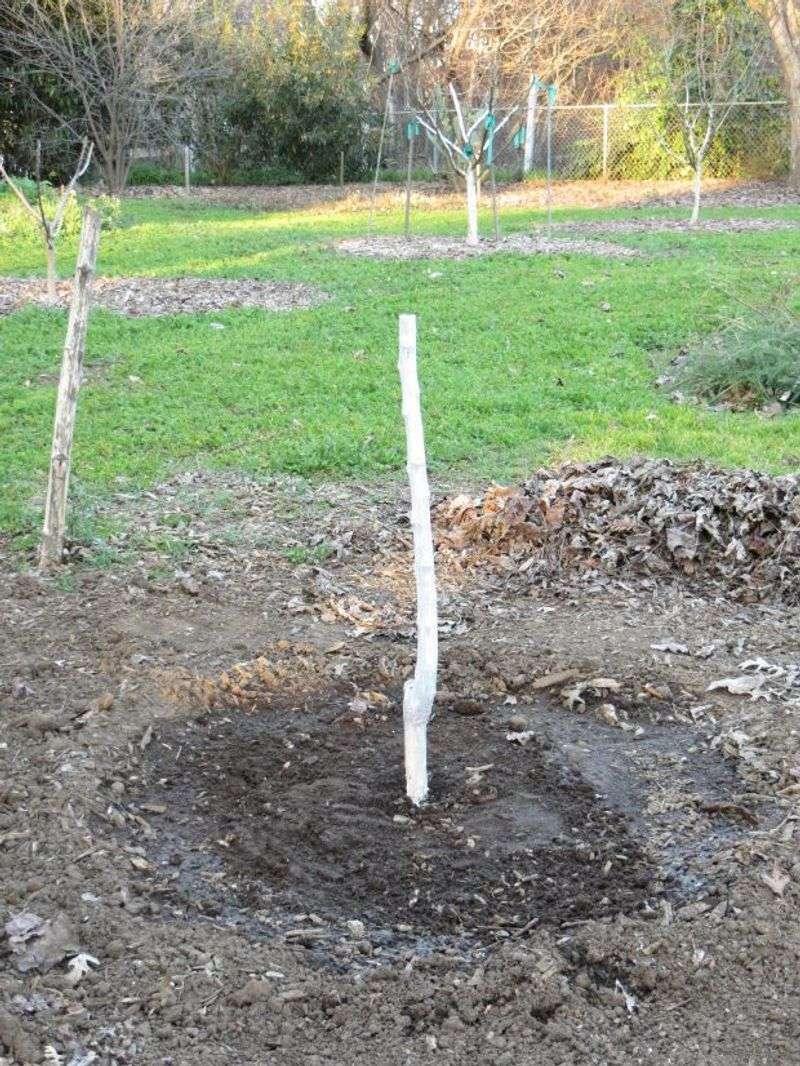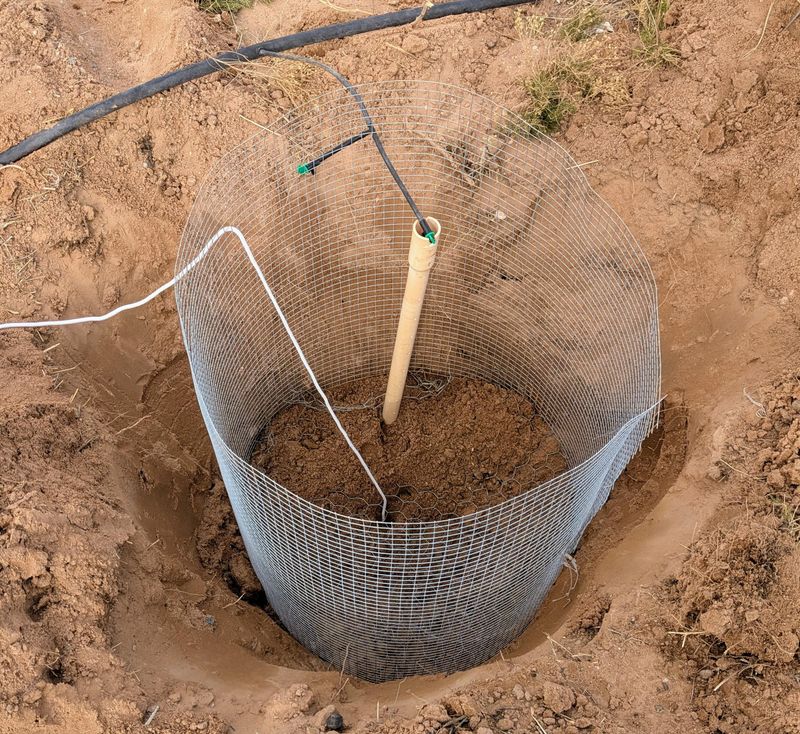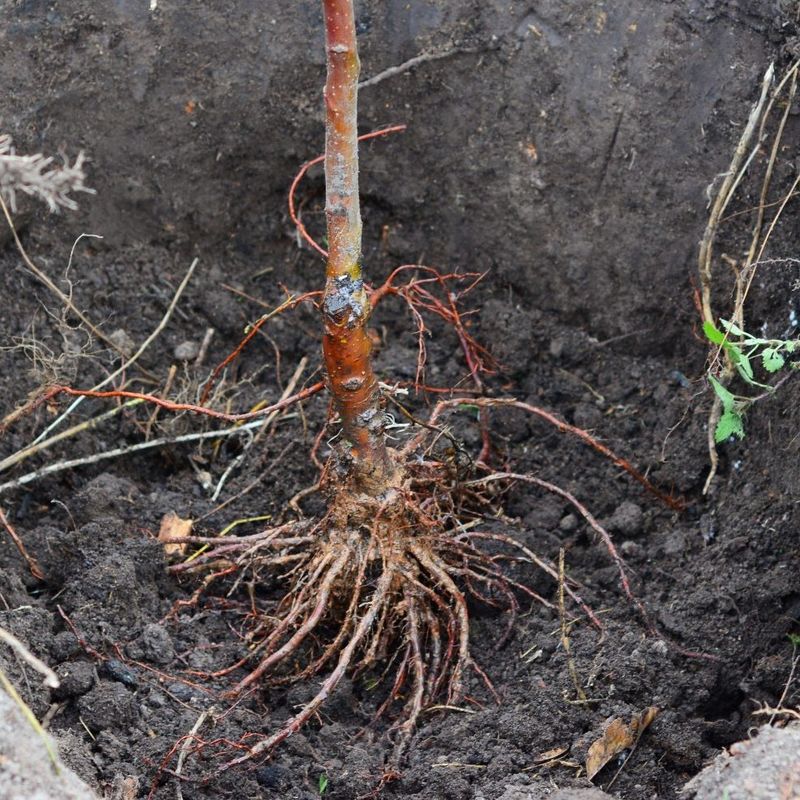Planting bare-root trees might sound a little intimidating at first—after all, they show up looking a bit like sticks with roots and not much else. But don’t let their bare appearance fool you. These trees are full of potential. In fact, planting bare-root trees is one of my favorite ways to give a garden a truly fresh start.
The first time I planted one, I’ll admit, I was skeptical. No soil around the roots? Just a dormant twig? But fast-forward a season or two, and I was amazed at how quickly and beautifully it took off—strong roots, healthy growth, and all. Timing and technique really matter here, though.
If you get the basics right, they’ll reward you for years to come with shade, blossoms, or fruit—whatever your garden dreams are made of. So, here are the most important tips I’ve learned (some the hard way!) to help your bare-root trees thrive.
1. Choose The Right Time Of Year
Timing matters when planting bare-root trees. They should be planted during their dormant season, typically in late fall or early spring.
This ensures that they are not actively growing and can focus on establishing roots instead of leaves or flowers.
By planting in the right season, you give your trees the best chance to thrive. Consider the local climate and weather patterns to choose the perfect planting time for your area.
2. Prepare The Planting Site
Before planting, it’s crucial to prepare the site. Clear away any weeds or debris and loosen the soil to help roots spread.
This creates a welcoming environment for the tree. Checking for proper drainage is also important to avoid water pooling around the roots.
Consider adding organic matter to enrich the soil. A well-prepared site ensures a healthy start for your bare-root tree and encourages robust growth.
3. Inspect Roots Thoroughly
Before planting, inspect the roots for signs of damage or disease. Healthy roots should be moist and flexible, not dry or brittle.
Trimming damaged roots helps promote new growth. This careful inspection can prevent problems later.
Soak the roots in water for several hours before planting to ensure they are fully hydrated. This step gives your tree the best start in its new home.
4. Dig The Perfect Hole
The size of the hole matters a lot. It should be wide enough to allow roots to spread and deep enough to cover the roots without burying the trunk.
A hole twice the width of the root system is ideal. This allows for growth and stability.
Make sure the hole is not too deep, as this can suffocate the roots. Properly digging the hole sets the foundation for successful planting.
5. Position Tree Correctly
Positioning your bare-root tree is key to its future health. Ensure the graft union is above ground level to avoid rot.
Hold the tree straight while backfilling soil to keep it upright. This prevents leaning and encourages balanced growth.
Adjust the position as needed to make sure the trunk is vertical and stable. Proper positioning helps your tree grow strong and straight.
6. Backfill With Care
Backfilling requires care to avoid air pockets that can dry out roots. Use the original soil to fill the hole, pressing down gently to remove gaps.
Water as you fill to help the soil settle. This ensures good root contact without compacting the soil too tightly.
Proper backfilling supports healthy root growth and provides stability for the tree. It’s a crucial step in successful planting.
7. Water Immediately And Thoroughly
Right after planting, water your tree thoroughly. This helps settle the soil and removes air pockets, ensuring good root contact.
Deep watering encourages roots to grow downwards, establishing a strong foundation.
Make sure the water reaches deep into the soil for maximum benefit. Regular watering during the first few weeks is vital for hydration and successful establishment.
8. Apply Mulch Generously
Mulch is your tree’s best friend. Spread a layer around the base to retain moisture and regulate soil temperature.
It also prevents weeds that compete for nutrients. Make sure to keep mulch away from the trunk to avoid rot.
Mulching helps create a healthy environment for your tree, supporting growth and reducing maintenance.
9. Protect From Pests
Protecting your tree from pests is crucial. Use tree guards to prevent animals like rabbits or deer from nibbling on the bark.
Inspect regularly for signs of insects or disease. Take action if you spot any issues.
Keeping pests at bay ensures your tree can grow without stress, leading to a healthier and more robust plant.
10. Prune Carefully After Planting
This is important for shaping and encouraging new growth. Remove any broken or damaged branches after planting.
This helps the tree focus its energy on establishing roots. Be careful not to over-prune, as this can stress the tree.
Proper pruning encourages healthy development and sets the stage for a well-structured tree.
11. Monitor Weather Conditions
Keeping an eye on the weather helps you care for your tree. Protect it from extreme conditions like frost or heatwaves by adding extra mulch or temporary shading.
Monitoring weather patterns allows you to adjust care as needed. This proactive approach ensures your tree stays healthy and adapts well to its environment.
12. Support With Staking If Necessary
Not all trees need staking, but if your tree is in a windy area, consider it. Stakes provide support while the tree establishes roots.
Use soft ties to avoid damaging the trunk. Remove stakes once the tree is stable.
Proper staking prevents damage from wind and helps your tree grow strong and upright.
13. Fertilize Wisely
Fertilizing provides essential nutrients for growth. Use a balanced, slow-release fertilizer after the tree has settled.
Too much can harm the roots, so follow package instructions. Fertilizer supports new growth and helps the tree establish itself.
Regular feeding ensures your tree has the nutrients it needs to thrive.
14. Watch For Disease Signs
Healthy trees resist disease, but it’s important to stay vigilant. Watch for discolored leaves or unusual growths.
Early detection can prevent the spread of disease. If you notice signs, consult a local expert.
Keeping your tree healthy ensures it grows strong and remains an asset to your garden.
15. Ensure Proper Drainage
Good drainage prevents waterlogged roots. Check that water flows away from the tree after rain.
If not, consider creating a slight slope or installing drains. Proper drainage keeps roots healthy and prevents rot.
By managing water flow, you support robust growth and ensure long-term success for your tree.
16. Avoid Overwatering
Watering is vital, but too much can harm your tree. Check the soil moisture regularly. It should be damp but not soggy.
Overwatering can lead to root rot. Understanding your tree’s needs helps you adjust watering schedules for optimal health.
Balancing moisture supports growth and prevents common planting issues.
17. Consider Companion Planting
Companion planting with flowers or shrubs can benefit your tree. These plants can deter pests or improve soil health.
Choose companions that thrive in similar conditions for the best results.
This method encourages biodiversity and can enhance your garden’s overall well-being, creating a balanced and thriving ecosystem.
18. Label Your Trees
Labeling helps you remember tree types and planting dates. Use weatherproof markers to ensure they last.
This simple step aids in organizing your garden and tracking the growth of different species.
Knowing what’s planted where helps with specific care needs and allows you to enjoy your garden’s diversity fully.
19. Provide Sunlight Needs
Sunlight is key to photosynthesis and growth. Ensure your tree gets the right amount, based on its species.
Some need full sun, while others thrive in shade. Understanding your tree’s sunlight needs allows you to position it for optimal growth.
Proper sunlight exposure supports healthy leaves and strong development.
20. Rotate Trees In Garden
Rotating trees in your garden prevents pest buildup and nutrient depletion. Every few years, consider changing tree positions if possible.
This practice keeps the soil fertile and reduces disease risks. Rotating promotes a dynamic garden environment and supports the long-term health and productivity of your trees.
21. Engage In Seasonal Care
Different seasons require different care. In spring, focus on pruning and fertilizing. Summer needs regular watering.
Fall is for mulching and preparing for winter. Understanding seasonal requirements ensures your tree’s health year-round.
Adapting care helps trees cope with climate changes and supports their continuous growth.
22. Celebrate Growth Milestones
Celebrate your tree’s progress by tracking its growth. Measure height and trunk diameter annually.
This practice helps you monitor health and development. Celebrating milestones keeps you engaged and motivated.
Watching your tree thrive is rewarding and encourages continued care and attention, ensuring a flourishing garden.

